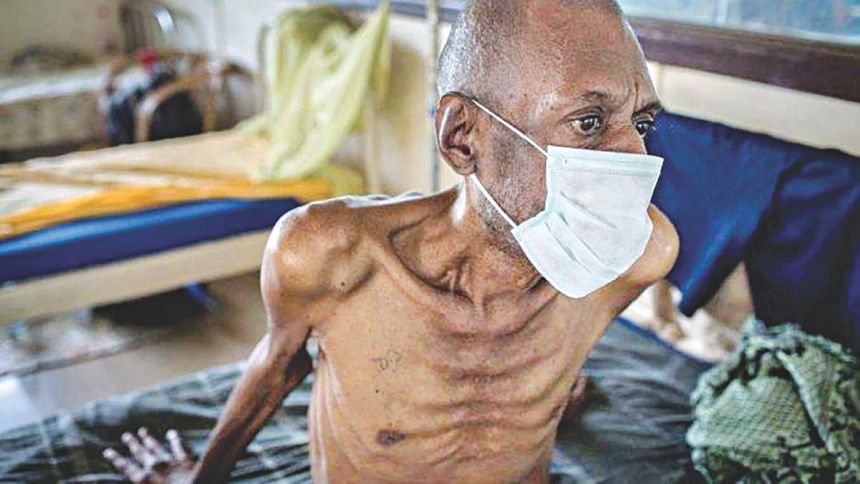The primary driver of TB transmission and its detection

The virtual 52nd Union World Conference on Lung Health (WCOLH) opened on October 19, 2021, announcing three significant scientific developments that will potentially impact the global response to tuberculosis (TB), the world´s second-biggest infectious disease killer behind COVID-19, says a press release.
After studying TB positive persons in the specially constructed Respiratory Aerosol Sampling Chamber (RASC), researchers from the University of Cape Town announced that coughing, traditionally assumed to be the primary driver of TB transmission, might not be the primary driver of TB transmission. Instead, tidal, or regular, breathing may contribute more to the aerosolisation of Mycobacterium tuberculosis, the TB bacteria. To avoid transmission, the current system relies on patients feeling sick enough to seek care.
A new fingerstick blood test has been developed by Cepheid (Xpert-MTB-Host Response (HR)-Prototype). The device is the first to meet the World Health Organisation target product profile for a Triage test for TB regardless of HIV status or geographical location. It takes under 1 hour and uses fingerstick blood rather than sputum, reducing biohazard risk and increasing the likelihood of diagnosis in individuals who cannot readily produce sputa, such as children and people living with HIV.
Caroline Williams, Clinical Lecturer in Infectious Diseases at the University of Leicester in the UK, reported on the use of masks to see if bacteria could be detected on the mask and therefore could potentially be used to detect infectiousness earlier than with sputum. Mask sampling could detect viable bacteria, and those patients with higher levels on their mask correlated with increased infectiousness determined by new infections in their close contacts.

 For all latest news, follow The Daily Star's Google News channel.
For all latest news, follow The Daily Star's Google News channel. 



Comments